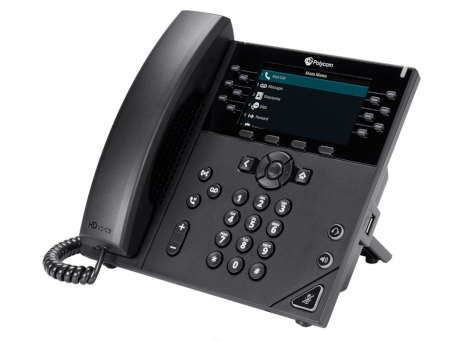You’d think we would be pretty good at internal communications for a cloud and VoIP services provider, right? But as you can imagine, with over 30 employees working in various modes (remote workers, field techs, sales team, office staff, after-hours support, etc.), communication is not always perfect.

Thankfully, our i-Communicate G3 solutions make it easy!
Take a look at our three tips to improve your internal communication.
Logistics
So how do you make navigating the many different roles and modes of work-work? With a little bit of flexibility and a lot of unified communications (UC) applications!
Business Communicator is for desktop, and Mobile Go is for iOS and Android smartphones. Between the two UC applications, our employees never miss a call, chat, or text. All the conversations and call history are synchronized between the two devices. Not to mention, users can seamlessly switch from desktop to mobile (and vice versa) without anyone noticing.
Mobile GO is especially great for our remote workers! They can keep in touch while on the road, at a customer site, or working from their home offices. The rest will fall into place if you provide your employees with the proper tools to communicate and autonomy over their hours.
Information Flow
With so many ways to send and receive information, it is no wonder messages get missed, or users feel like they are being overloaded! An excellent way to organize yourselves is to ensure the right messages are used in the proper format.
At I-Evolve, group chats and scheduled recurring meetings using Business Communicator are our best friends. We schedule routine team meetings where participants can share their screens, chat within the group, and collaborate. We define group chats by name and obligation. Some chats are mandatory for all employees to remain in because they contain vital information. We also can record the important meetings, so we can refer back when needed.
Two Way Communications
For communication to work, it must involve at least two parties. (I mean, you could talk to yourself, but that is just weird.)
To avoid one-way communication, ensure your employees are comfortable participating in the conversation. Always provide them with the chance to ask questions, share feedback, and make comments. If you expect them to listen to you with their full attention, you must reciprocate that back. When employees feel like they do not have a voice, they will become frustrated and unwilling to participate in future discussions.
It is vital to keep your employees in the loop, encourage them to participate in conversations, and make them feel comfortable too! Try sending out surveys, questionnaires, or polls to gather opinions. Also, when appropriate, provide the option to leave comments anonymously if you believe it will lend more transparency.








